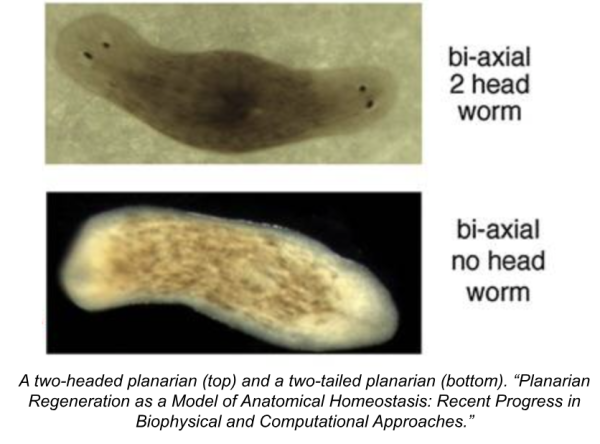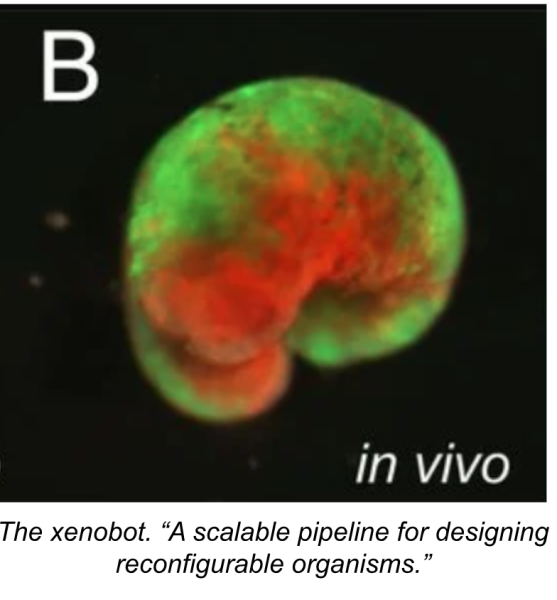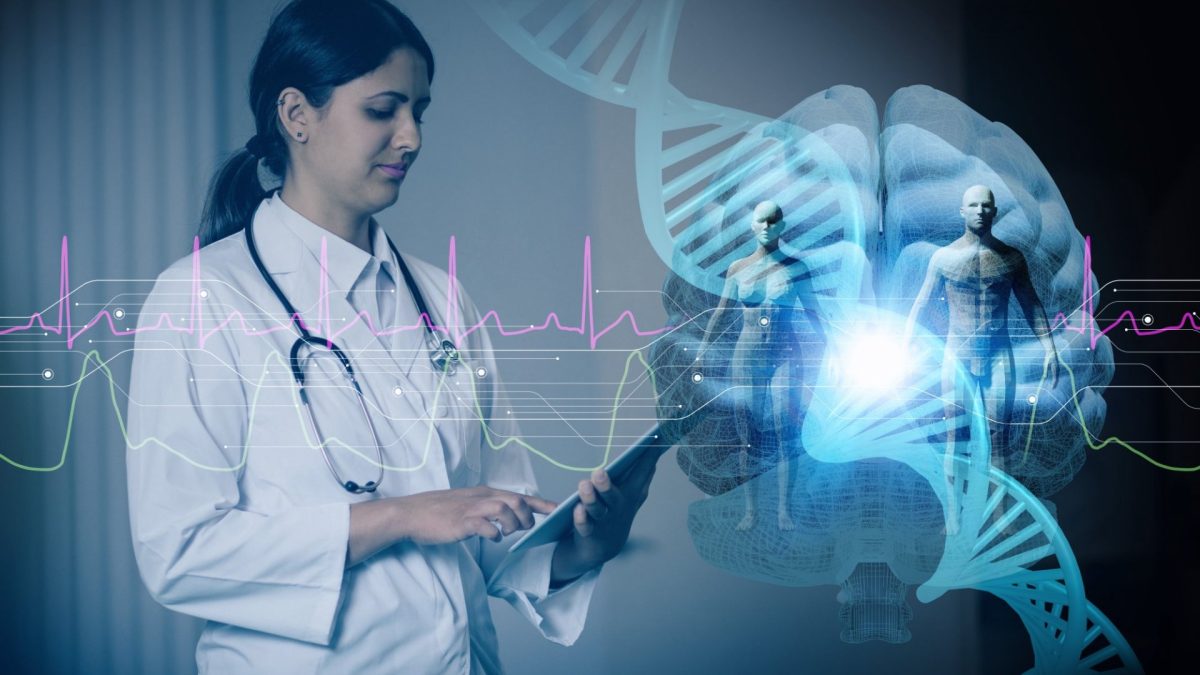Two-headed worms. Living robots composed entirely of embryonic frog skin cells. A novel perspective on the driving forces behind life as we know it. A biological revolution is in the works, and bioelectricity – the way in which cells communicate with one another – is at its heart.
On January 13th, 2020, a research article by a team of researchers at Tufts University was published in the Proceedings of the National Academy of Sciences – a highly reputable, multidisciplinary scientific journal – that demonstrated the technological potential of bioelectricity.
Bioelectricity, as a concept, is nothing new. Since Luigi Galvini’s discovery of electricity within frogs in the late 18th century, the biological world has acknowledged the role of electricity in all life forms, specifically in nerve and muscle cells.
Following the discovery of DNA, ostensibly the code of life, bioelectricity was resigned to the shadowy fringes of the biological sciences. That was until Dr. Michael Levin, a professor of Biology at Tufts University who earned a pHD in genetics from Harvard, began to emphasize the role that electricity plays in morphological functions – how the body organizes itself. In one of his more memorable experiments, he was able to manipulate developmental bioelectricity networks in planarians, a type of flatworm, to induce the growth of another head, or of another tail. 
On Dr. Levin’s lab website, he articulates his lab’s focus on bioelectricity, writing, “One of our unique specialties is the study of developmental bioelectricity: ways in which all cells connect in somatic electrical networks that store, process, and act on information to control large-scale body structure.” Just as neuroscientists approach the brain from an electrical standpoint, Dr. Levin writes, “Our lab creates and employs tools to read and edit the bioelectric code” that directs the “computations of the body.” One of the overarching themes of his research is to “interrogating non-neural cognition,” or, in other words, the decision-making processes of cells outside of the brain. He believes that the intelligence of cells – an unconventional concept in and of itself – arises from bioelectricity.
“A scalable pipeline for designing reconfigurable organisms,” the aforementioned research article, detailed the most palpable results of Dr. Levin’s unique approach to and philosophy of biology. The team had engineered “living robots,” synthetic clusters of embryonic skin and heart cells from the frog species xenopus laevis. With the help of a supercomputer at the University of Vermont, the team used an evolutionary algorithm, an application of artificial intelligence, to find the optimal design for their xenobot. Notably, according to the research paper, the A.I system had been tuned by the team to create xenobots that exhibited four behaviors: “locomotion, object manipulation, object transport, and collective behavior.”
 After receiving the A.I-optimized 3-D models of their xenobots, the team carefully adjoined frog cells, sometimes even cutting them, adhering as closely as possible to the design. What followed was a remarkable demonstration of the cellular collective intelligence that Dr. Levin had predicted. The contractions of the cardiac cells, “aided by spontaneous self-organizing patterns,” allowed the robots to move forward as they wished. In later trials, the xenobots were able to organize pellets into discrete locations “spontaneously and collectively,” further evidence of the consciousness of cells, even when they form unconventional life forms, like a xenobot.
After receiving the A.I-optimized 3-D models of their xenobots, the team carefully adjoined frog cells, sometimes even cutting them, adhering as closely as possible to the design. What followed was a remarkable demonstration of the cellular collective intelligence that Dr. Levin had predicted. The contractions of the cardiac cells, “aided by spontaneous self-organizing patterns,” allowed the robots to move forward as they wished. In later trials, the xenobots were able to organize pellets into discrete locations “spontaneously and collectively,” further evidence of the consciousness of cells, even when they form unconventional life forms, like a xenobot.
Bioelectricity is the driving force behind the spontaneous acts of these cells; its influence over cellular behavior is made even more astonishing in the case of the xenobot, which has never existed before as an organism, thus providing the cells with no immediate reason to act accordingly. It is this spontaneous behavior, which, as the study demonstrates, is an inherent property of all cells, that provides biological machinery with an advantage over artificial machinery. In the face of a growing technological revolution, with the rapid growth of A.I, it is a refreshing reminder of the innate adaptability of life, even at its smallest state.
Still, given the team’s use of A.I, the study demonstrates the scientific potential of artificial intelligence in combination with biology.




